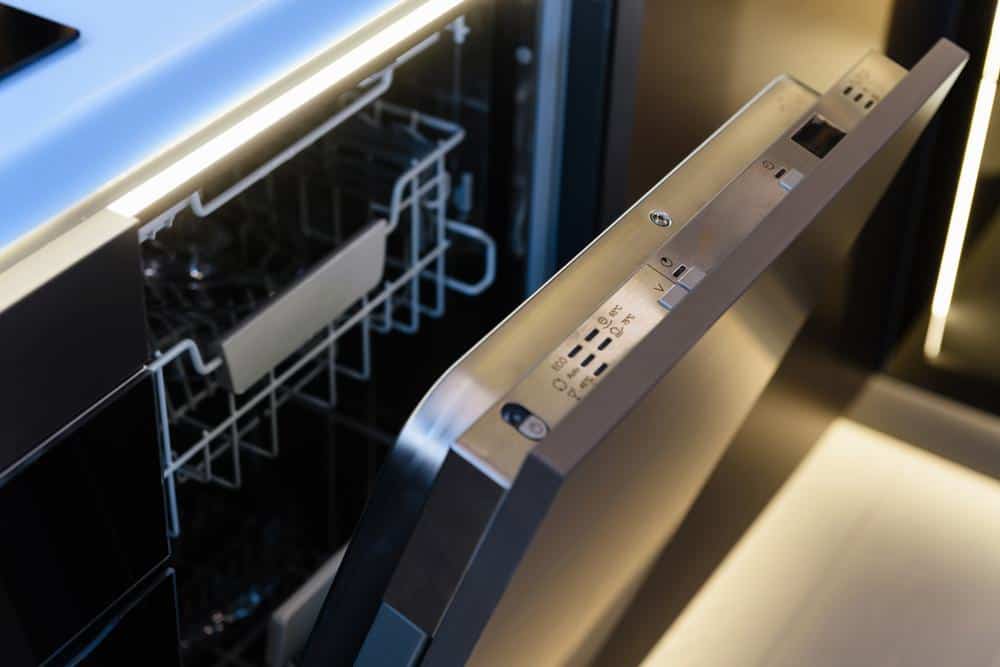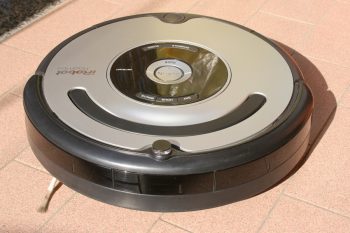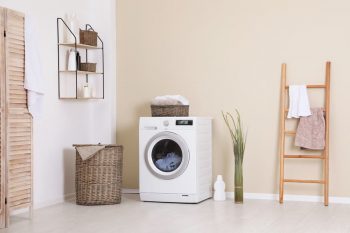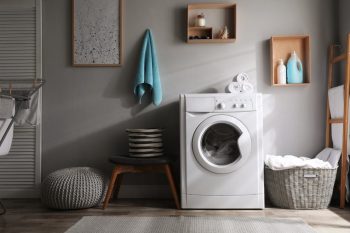
Cleaning your dishwasher is a crucial task that often goes overlooked. However, regular maintenance can ensure that your dishwasher runs efficiently and that your dishes come out clean and spotless. One effective product that can help with this task is CLR, an acronym for Calcium, Lime & Rust Remover.
To clean your dishwasher with CLR, first empty the dishwasher, then pour 1/2 cup of CLR directly into the bottom. Run a full cycle without any detergent or dishes. After the cycle, rinse the dishwasher by running another cycle. If there are any remaining stains or buildup, scrub them off with a microfiber cloth. Lastly, wipe down the exterior of the dishwasher to remove any residue. Always follow safety precautions when using CLR, as it’s an acidic cleaner.
What is CLR and Why is it Effective?
CLR is a powerful, highly acidic cleaner designed to dissolve and remove calcium and lime deposits, as well as surface rust stains. This makes it highly effective at tackling hard water stains and buildup inside the dishwasher.
How Does CLR Work?
When applied, CLR works by breaking down the mineral deposits, effectively dissolving them and making them easy to rinse away. The result is a cleaner, more efficient dishwasher with less residue and staining.
Step-by-Step Instructions for Cleaning a Dishwasher with CLR
Cleaning your dishwasher with CLR is a relatively straightforward process. Here’s a step-by-step guide:
- Empty the Dishwasher: Begin by removing all dishes and the dishwasher’s racks.
- Add CLR: Pour 1/2 cup of CLR directly into the bottom of your dishwasher. Avoid spilling CLR on rubber seals or any sensitive areas as it can cause damage.
- Run a Full Cycle: Start a normal cycle on your dishwasher without adding any detergent or dishes.
- Rinse the Dishwasher: Once the cycle is complete, rinse the dishwasher by running another normal cycle.
- Scrub the Interior: If there are any stubborn stains or buildup left, gently scrub them off with a microfiber cloth.
- Clean the Dishwasher’s Exterior: Use a damp cloth to wipe down the exterior of the dishwasher, including the buttons or controls, to remove any residue.
- Repeat if Necessary: If there’s still mineral buildup or stains after the first cycle, repeat the process until the dishwasher is clean.
Safety Precautions When Using CLR
While CLR is safe for use in a dishwasher, it’s important to follow certain safety precautions:
- Always follow the manufacturer’s instructions.
- Wear protective gloves when handling CLR as it’s an acidic cleaner and can irritate the skin.
- Use CLR in a well-ventilated area to avoid inhaling vapors.
- Do not mix CLR with other cleaning products or bleach as this can produce toxic fumes.
How Often Should You Clean Your Dishwasher with CLR?
The frequency of cleaning your dishwasher with CLR depends on your dishwasher’s usage and the hardness of your water. However, it’s generally recommended to clean your dishwasher with CLR every 1 to 3 months.
Potential Risks of Not Cleaning Your Dishwasher
Neglecting to clean your dishwasher can lead to several issues, including ineffective cleaning, bad odors, loud noises, grime buildup, rusting, leakage, health risks, and deterioration of dishwasher performance.
Alternatives to CLR
If you prefer to use a different cleaning solution, you can use household items such as vinegar, baking soda, or a combination of both. Lemon juice is another alternative that can effectively remove hard water spots and iron buildup.
In conclusion, CLR is a powerful tool for maintaining the cleanliness and efficiency of your dishwasher. By following the steps and precautions outlined in this guide, you can extend the lifespan of your appliance and ensure that your dishes are always sparkling clean.
Frequently Asked Questions
Can CLR damage my dishwasher?
While CLR is generally safe for use in dishwashers, it’s important to avoid spilling it on rubber seals or any sensitive areas. CLR is an acidic cleaner and can potentially damage these parts if not used carefully.
Can I use CLR in a dishwasher that’s made from stainless steel?
Yes, CLR is safe to use on stainless steel dishwashers. However, it should not be used on aluminum or painted surfaces as it can cause discoloration or damage.
Is CLR safe for septic systems?
Yes, CLR is safe for septic systems. The product is biodegradable and will not harm the bacteria within the septic system.
Can I use CLR to clean other appliances in my kitchen?
Yes, CLR can be used to clean a variety of appliances in your kitchen, including coffee makers, kettles, and washing machines. However, always read the manufacturer’s instructions before using CLR on any appliance.
What should I do if CLR accidentally comes into contact with my skin or eyes?
If CLR comes into contact with your skin, rinse thoroughly with water. If it gets into your eyes, rinse immediately with plenty of water and seek medical advice if symptoms persist. Always wear protective gloves when handling CLR to avoid skin contact.












